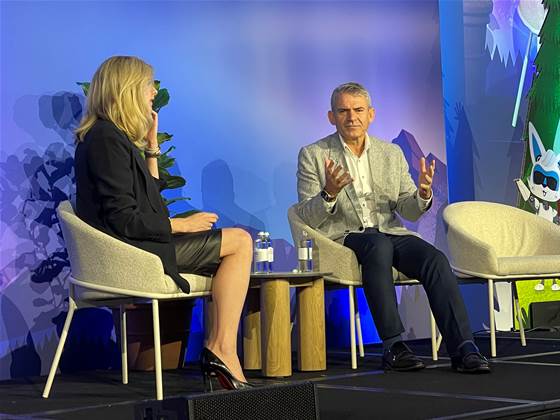Brief Overview
- The BYD Sealion 7 makes its debut at the Melbourne EV Show as a formidable player in the mid-sized SUV sector.
- Available in two models: Premium and Performance, both featuring the ultra-secure BYD Blade Battery.
- Design influenced by “Ocean Aesthetics,” showcasing a streamlined profile and contemporary attributes.
- Cutting-edge technology includes a 15.6-inch infotainment display and extensive safety enhancements.
- The Performance variant features a dual-motor AWD system with remarkable acceleration capabilities.
- Great value with competitive pricing and a wide array of features.
BYD Sealion 7: A Fresh Challenger in the Mid-Sized SUV Sector

Style
The BYD Sealion 7 unveils a unique design philosophy known as “Ocean Aesthetics,” drawing inspiration from the ocean’s fluidity and strength. Its elegant, coupe-like form and low profile provide a sporty appearance. The front showcases a unique X-shaped grille and slender C-shaped LED headlights, amplifying its authoritative stance. The rear design is equally striking, featuring a full-width LED tail light that incorporates a dot-matrix layout.
A notable feature is the spacious front trunk, or “frunk,” which adds extra storage capacity. The Premium variant is fitted with 19-inch alloy wheels, while the Performance version comes with 20-inch rims, enhancing its athletic character.
Specifications
The BYD Sealion 7 comes loaded with features, even starting from the entry-level Premium variant. It is built on BYD’s e-Platform 3.0 and includes the ultra-safe Blade Battery with Cell to Body (CTB) technology, boosting safety and interior space.
Standard amenities feature a 15.6-inch rotating infotainment system, a 10.25-inch digital gauge cluster, and a heads-up display. The interior is upgraded with a leather-wrapped steering wheel and seats, which have heating and ventilation options.
Technological advancements include a 12-speaker Dynaudio audio system, wireless mobile charging, and sophisticated driver-assistance technologies (ADAS) such as adaptive cruise control, lane-keeping assistance, blind-spot monitoring, and a 360-degree camera. Additionally, the Sealion 7 has a V2L (Vehicle-to-Load) capability to power outside devices.
The Premium version operates as a rear-wheel-drive SUV, while the Performance variant provides a dual-motor all-wheel-drive system for faster acceleration and improved handling.
Conclusion
The BYD Sealion 7 has made a notable entrance at the Melbourne EV Show, establishing itself as a serious player in the mid-sized SUV market. With its state-of-the-art design, forward-thinking features, and competitive pricing, it offers excellent value for Australian buyers interested in an electric vehicle.
Q: What distinguishes the Premium from the Performance variants?
A:
The Premium variant is a rear-wheel-drive SUV with reduced power output, whereas the Performance version features a dual-motor all-wheel-drive setup, delivering increased power and faster acceleration.
Q: What safety features are present in the BYD Sealion 7?
A:
The Sealion 7 includes advanced driver-assistance systems such as adaptive cruise control, lane-keeping assist, blind-spot detection, and a 360-degree camera.
Q: How does the BYD Sealion 7 compare with Tesla’s Model 3/Y?
A:
The Sealion 7 resembles Tesla’s Model 3/Y pair, offering comparable features and performance at a more aggressive price, positioning it as an attractive option in the mid-sized SUV sector.
Q: What is the BYD Sealion 7’s range on a full battery?
A:
The Premium variant provides a range of up to 567 km NEDC (482 km WLTP), while the Performance variant offers up to 542 km NEDC (456 km WLTP).
For additional details, visit https://bydautomotive.com.au/sealion-7














